Getting your website noticed is essential in today’s digital age. It’s not enough to just have a website; you need to optimize it so that it appears in search results, drives traffic, and converts visitors into customers.
In this article, we’ll explore essential strategies for getting your website noticed and driving traffic to it.
1. Check the Technical Elements of the Site
Technical elements of a website, especially in regard to technical SEO, have to do with server and website optimization to make the site easier to crawl and index. Technical elements play a critical role in determining how well your site performs in search engine rankings and how user-friendly it is for visitors.
Here are some key technical elements you should check to ensure your website is optimized for search engines and user experience:
🧭 Website Speed
Website speed is one of the most important technical elements to consider when it comes to SEO.
In fact, a study showed that 88.5% of consumers will leave a slow-loading page, and 83% of users expect a site to load within 3 seconds. A slow website not only annoys visitors but also affects your search engine rankings.
To check your website speed, you can use tools such as Google PageSpeed Insights or GTmetrix. These tools will provide you with a comprehensive report on your website’s speed, including load time, page size, and the number of requests.
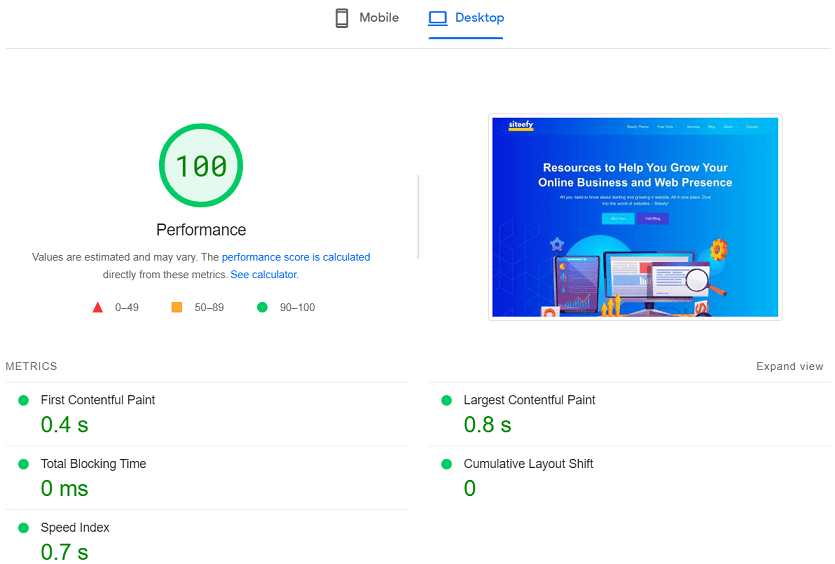
If your website is slow, there are several ways to improve its speed, such as optimizing images, minimizing HTTP requests, using a content delivery network (CDN), and reducing the number of plugins.
📱 Mobile Optimization
With more than 53% of all web traffic now coming from mobile devices, it’s essential to ensure that your website is optimized for mobile.
Mobile optimization means that your site is easy to navigate, loads quickly, and looks great on a small screen. If your site is not mobile-friendly, you risk losing visitors who will quickly move on to a site that is easier to use on their mobile devices.
Nowadays, mobile-friendliness is a crucial factor in Google’s search engine rankings. To determine your site’s mobile optimization, you can use Google’s Mobile-Friendly Test tool.
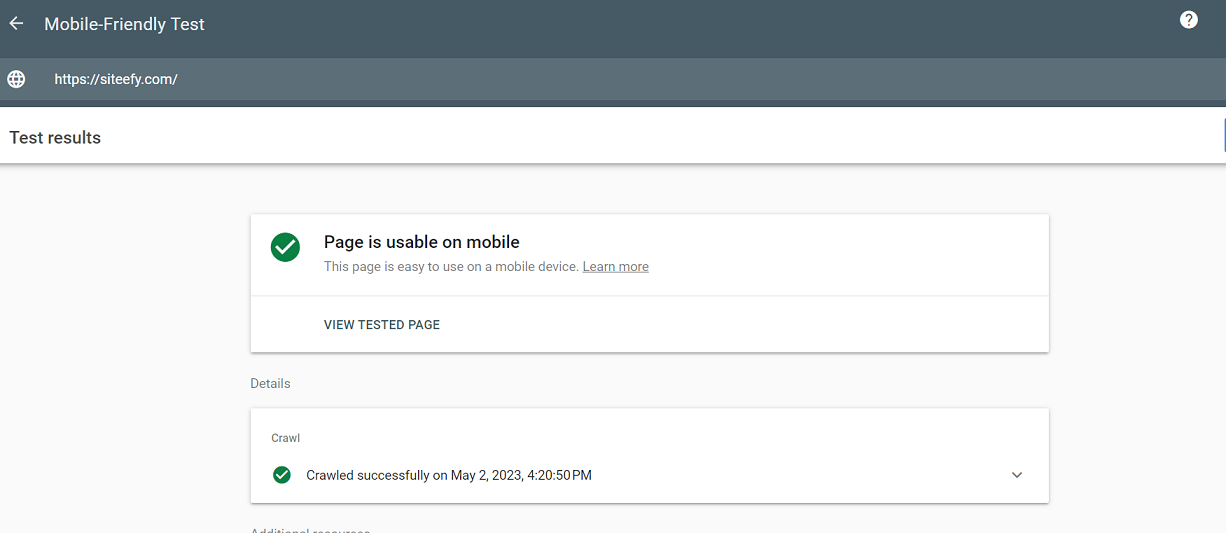
⚙️ Site Architecture
Site architecture refers to the structure and organization of your website. A well-organized site structure makes it easier for search engines to crawl and index your pages, which can help improve your rankings.
In addition, a well-organized site structure makes it easier for visitors to find the information they need. When designing your site architecture, make sure to use clear, descriptive URLs, organize your content into categories and subcategories, and use internal linking to help visitors navigate your site.
Your XML sitemap should also be optimized and easy to index. An XML sitemap contains all the essential pages of a website, which makes sure that search engines crawl those.
⚡ Check also ➡️ How To Check When a Website Was Last Updated?
2. On-Page & Off-Page SEO
When it comes to getting your website noticed, there are two types of search engine optimization (SEO) that you need to know: on-page and off-page SEO.
Both are important to improve your website’s visibility and increase traffic. Here are some tips to help you with your on-page and off-page SEO.
📝 On-Page SEO
- Optimize your title tags– The title tag is the most important meta tag as it appears as the headline in search results. Keep it short and descriptive, and include your primary keyword. According to Moz, “Title tags are the second most important on-page factor for SEO, after content.”

- Write effective meta description– A meta description is a brief summary of your webpage that appears below the title in search results. Make it compelling and include your primary keyword.
- Use header tags – Header tags (H1, H2, H3) help to organize your content and make it easier to read. Use them to break up your content into sections and include your main keywords in the headings.
- Optimize your content – Your content should be informative, and relevant to your audience. Use keywords naturally throughout your content and avoid keyword stuffing. To find keywords, you can use tools such as Ahrefs’ free keyword generator.
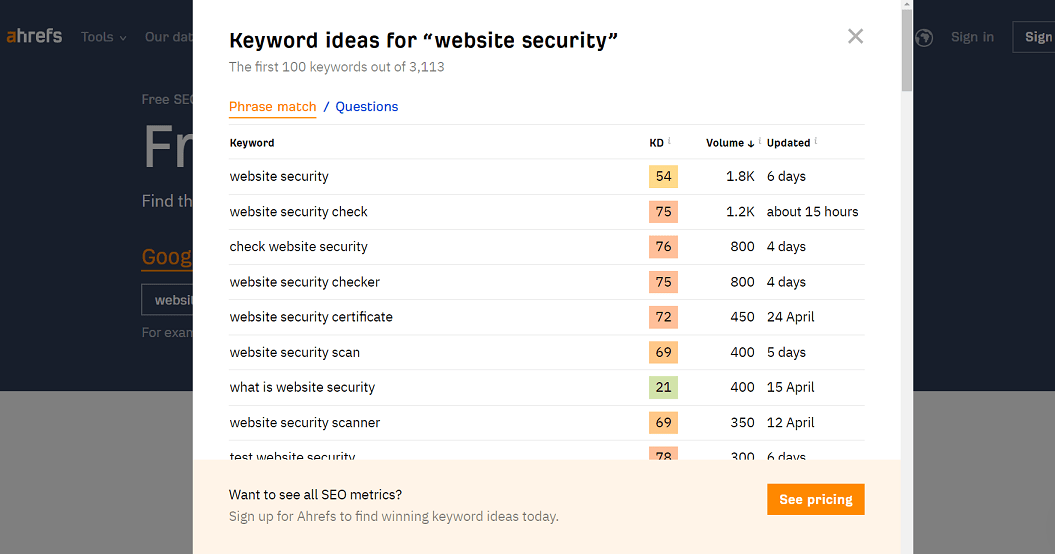
🔎 Off-Page SEO
- Build high-quality backlinks – Backlinks are links from other websites that point to your site. Acquiring high-quality, relevant backlinks can increase your site’s search engine ranking. However, avoid backlinks from low-quality sites as they can negatively impact your website’s reputation in the eyes of the search engine algorithm.
- Use social media – Social media can be a great way to drive traffic to your website and increase visibility. Showcase your brand’s identity, values, and image by sharing content on social media platforms such as Facebook, Twitter, and LinkedIn. By leveraging social media moderation tools, you can easily track mentions of your brand, monitor reviews, identify opportunities to engage with your audience and get noticed by other social media users.
- Monitor your online reputation – Your online reputation can impact your website’s ranking in search engine results. Monitor your online reputation by regularly checking reviews and responding to negative feedback. This is especially true for your Local SERPs.
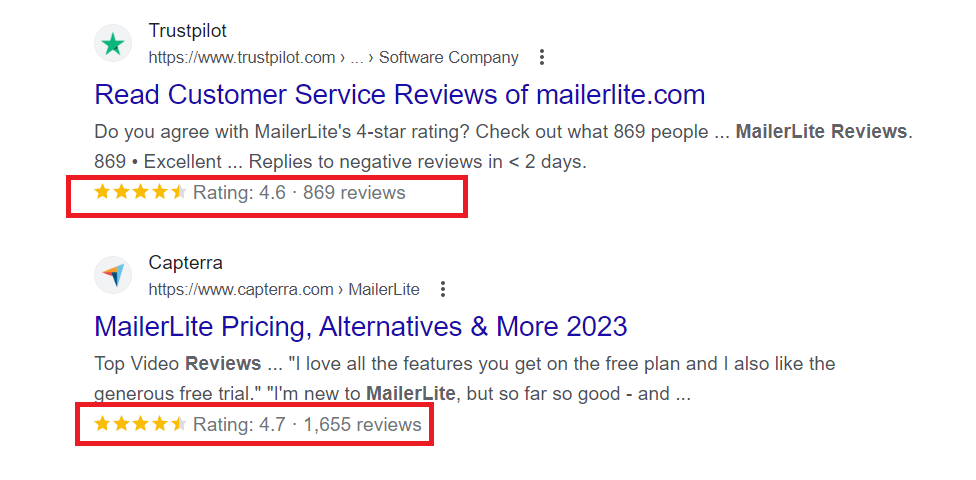
- Guest blogging – Guest blogging is a great way to build relationships with other websites and get exposure to a new audience. Find websites in your niche and offer to write a guest post for them. You can easily streamline the outreach process by using lead generation tools. They will help you manage your cold email campaigns as well as collect email addresses from your prospect.
By focusing on both on-page and off-page SEO, you can improve your website’s visibility and drive more traffic to your site. Remember to focus on valuable content, use keywords naturally, and build relationships with other websites to improve your search engine ranking.
3. Optimize Your Images
In today’s digital age, the visual appeal of a website plays a crucial role in attracting and retaining visitors. Creating and optimizing images on a website not only improves the user experience but also enhances its search engine visibility.
Here’s how optimizing images can help get your website noticed.
🚀 Faster Loading Speed
Images that are too large or not optimized can significantly slow down your website’s loading speed, leading to a higher bounce rate.
Optimizing images by reducing their size, compressing them, and using the right file format can help your website load faster, keeping visitors engaged and reducing the bounce rate.
🤩 Improved User Experience
High-quality images enhance the visual appeal of a website and make it more attractive to visitors. However, large images can also affect the user experience if they take too long to load.
Optimizing images can help maintain the quality of the image while ensuring that it loads quickly, leading to a better user experience.
To optimize image loading times and ensure a smooth user experience, it’s important to stay up to date with the latest web design trends and best practices.
👁️🗨️ Better Search Engine Visibility
Search engines use various factors to rank websites, and image optimization is one of them.
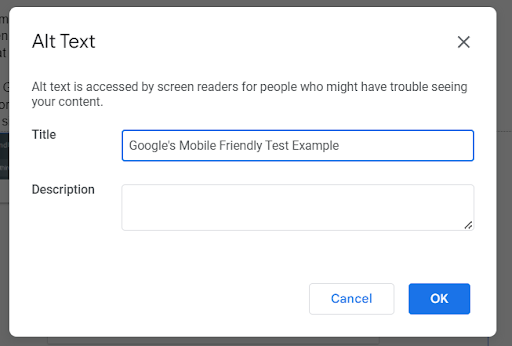
Optimizing images with relevant file names, alt tags, and captions can help search engines understand the context of the image and its relevance to the content. This, in turn, can lead to better search engine visibility, driving more traffic to your website.
⚡ Check also ➡️ How To Create Images for Website
4. Investing in Paid Search
Investing in paid search can be a valuable way to drive traffic to your website and get it noticed. Paid search, also known as pay-per-click (PPC) advertising, allows you to bid on keywords and phrases that are relevant to your business, and your ads will appear at the top of search engine results pages (SERPs).
Here are some tips on how to get started with paid search.
🎯 Set Clear Goals and Budget
Before you start investing in paid search, it’s important to set clear goals and a budget. First, define the desired outcomes of your advertising efforts, whether it’s to drive more website traffic, generate leads, or increase sales. Then, set a practical budget that aligns with your objectives and financial resources.
📰 Create Compelling Ad Copy
Your ad copy needs to be compelling and relevant to your target audience. Use your keywords in your ad headlines and descriptions, and highlight your unique selling propositions (USPs) to differentiate yourself from your competitors.
Make sure your ads have a clear call-to-action (CTA) that encourages users to click through to your website.
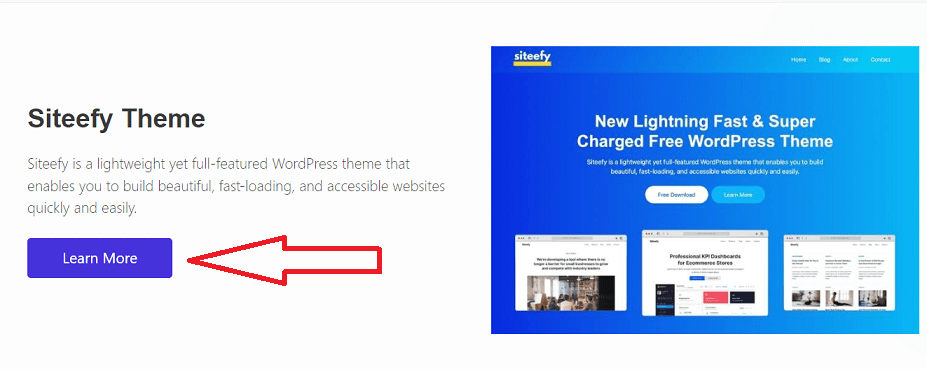
📢 Monitor and Optimize your Campaigns
Monitoring and optimizing your paid search campaigns is essential for improving their performance.
Use analytics tools such as Google Analytics to monitor your campaign performance. Keep an eye on metrics such as click-through rate (CTR), cost-per-click (CPC), and conversion rate. Test different ad variations and landing pages to see what works best for your audience.
Investing in paid search can be a cost-effective way to get your website noticed and reach your target audience. By setting clear goals, researching keywords, creating compelling ad copy, and monitoring and optimizing your campaigns, you can drive more traffic and leads to your website.
Unlocking the Power of Visibility
In conclusion, getting your website noticed requires a combination of various factors, including quality content, effective SEO strategies, social media promotion, and collaboration with other websites.
By implementing the tips and techniques discussed in this article, you can increase your website’s visibility, attract more visitors, and ultimately achieve your online goals.
Remember, building a strong online presence takes time, patience, persistence, and dedication. But with these qualities, your website can stand out from the crowd.
⬇️Further Reading:
- How Many Websites Are There in the World?
- 46 Website Ideas for Beginners and Pros
- How to Build a Website (Blog) From Scratch: A Step-By-Step Guide
- Domain Search Strategies for Competitive Industries: How To Find a Standout Name
- How To Build an eCommerce Website From Scratch
- How To Check How Many Pages a Website Has (a Short Guide)
- How To Know Who Visited My Website (a Quick Guide)
- Online Marketing Tools for Small Businesses & Websites (+4 Marketing Platforms)

